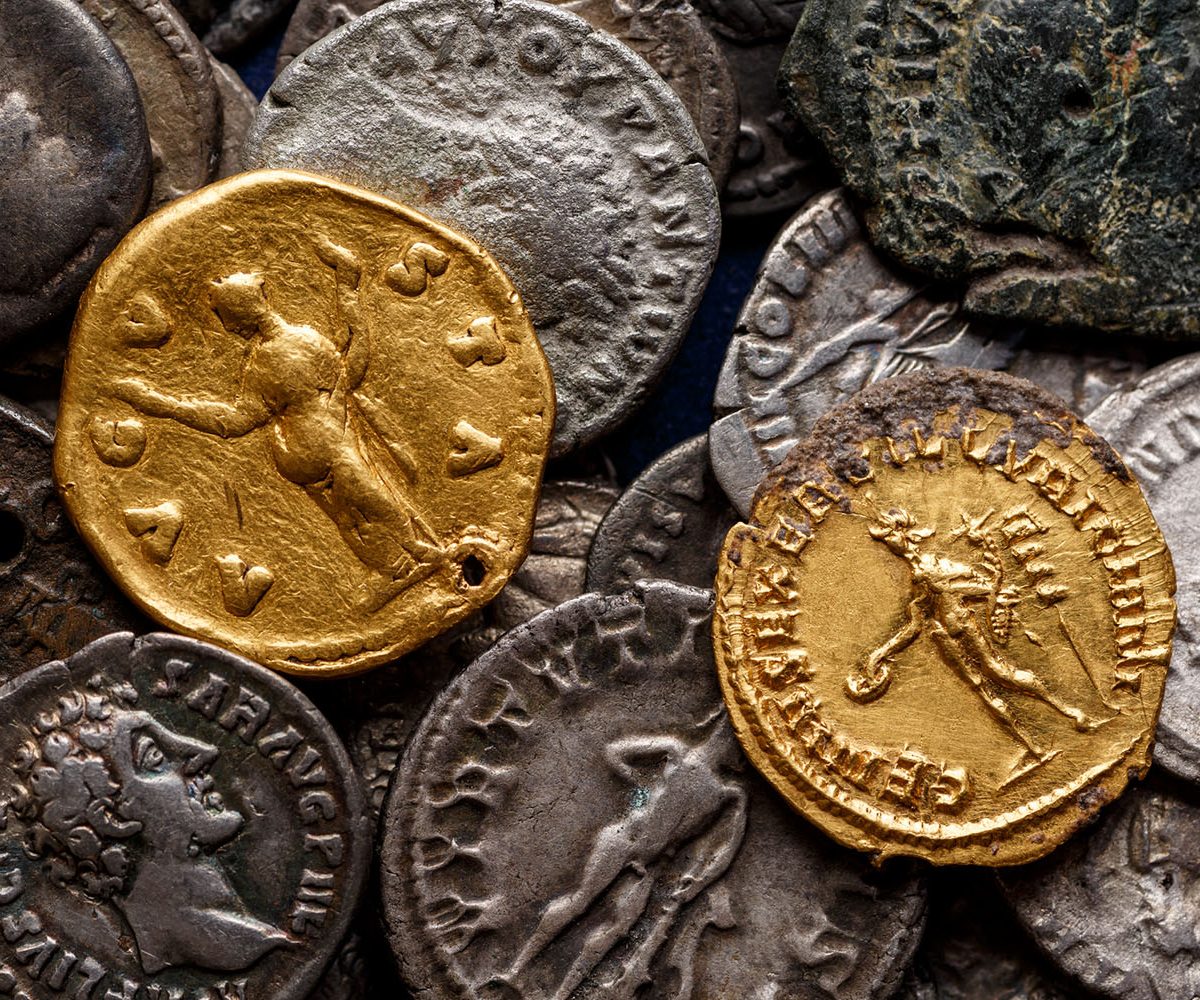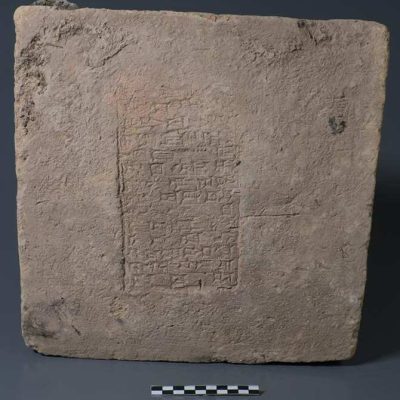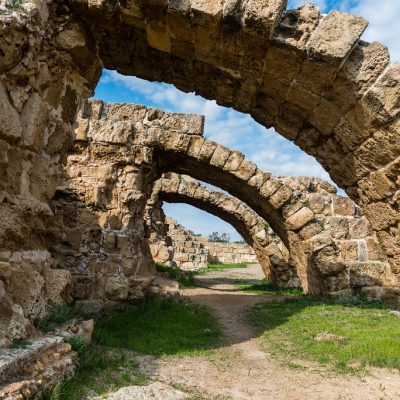Over 300 Roman coins from the Iron Age were discovered during construction work in London. The British Museum is currently assessing whether the find should be classified as a national treasure. The coins, made of a bronze alloy, were found in the West London district of Hillingdon during the construction of a new high-speed rail line. Archaeologist Emma Tetlow described the discovery as “unique” and said it would help expand knowledge of what life was like in Hillingdon many centuries ago. Tetlow believes the coins date back to the first century BC, when Roman rule over England began.
According to initial investigations, the coins were not used as ordinary currency for trade, but rather as offerings or symbols for marking property boundaries. This is likely because bartering was still prevalent during the Iron Age, but larger quantities were often buried as a reserve. The potin coin find is the largest discovery from the late Iron Age to date. The coins feature the Greek god Apollo on one side and an attacking bull on the other, with a diameter of about three centimeters. The design is comparable to coins produced in Marseille over 2,000 years ago, suggesting that the coins may have come from France to England.
The British Museum is currently assessing whether the coins should be classified as a national treasure and added to its collection. The discovery was made due to stormy weather that disturbed the ground at the construction site. The coins are currently being cleaned and stored at the Birmingham Museum and Art Gallery, where specialists will determine their exact origin and purpose. This discovery provides valuable insight into the history of Hillingdon and the Iron Age, and may lead to further discoveries in the future.










